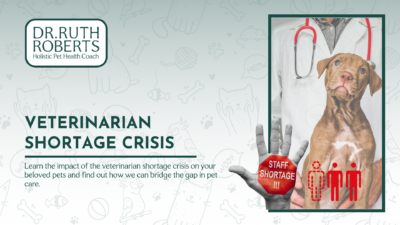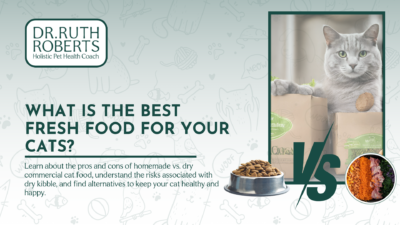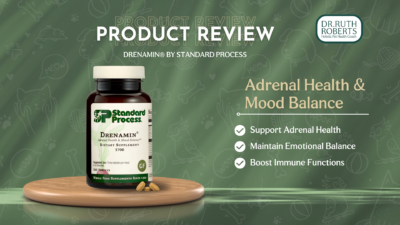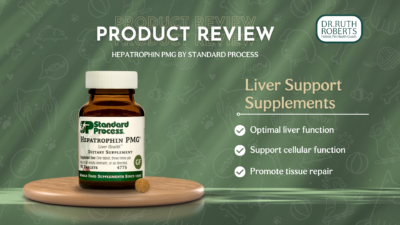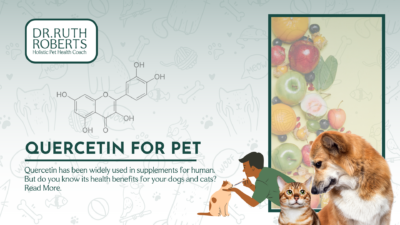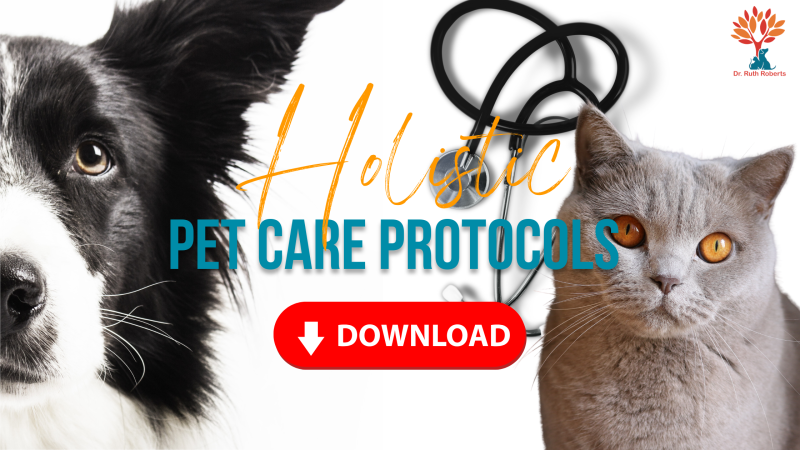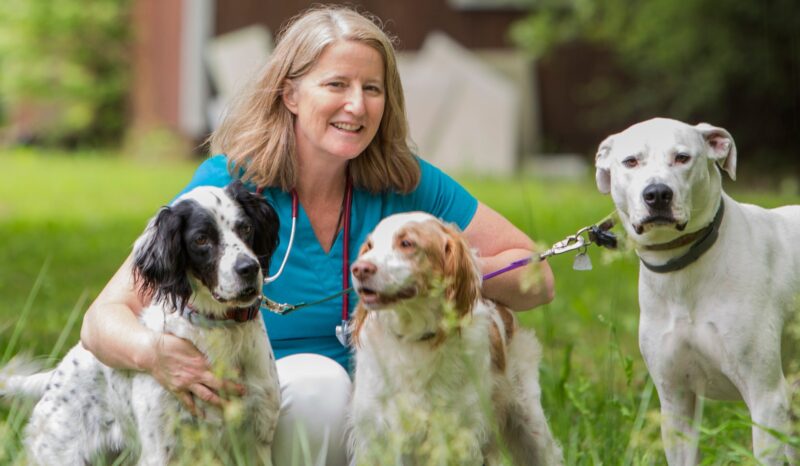If your dog eats chocolate, it’s not a situation where you can “sit and wait it out.”
Chocolate is essentially poison to dogs, and it’s vital to take quick action. In this blog, we’ll outline what to do if your dog accidentally consumes chocolate.
NOTE: Only a veterinarian can ensure that your dog is OK after eating chocolate, so take him or her to your vet immediately, even if vomiting has occurred.
The first step to ensuring your best friend makes it through the poisoning is to know the signs, so that you can act immediately.
If your dog has consumed chocolate, he or she may or may not…
- Suddenly and uncontrollably vomit.
- Have diarrhea.
- Experience agitation.
- Have increased heart rate.
- Suffer from seizures.
While vomiting and diarrhea are not 100% indicative of chocolate poisoning, involuntary expulsion of waste is not something to ignore.
If you’ve had your dog for a while, you will be aware of his or her personality and behavior, and you’ll know if something seems “off.”
While you should IMMEDIATELY take your dog to the nearest veterinarian, there are other proactive steps you can take.
Know that not all chocolate poisoning is the same.
The type of chocolate your dog ate is important.
Dark chocolate is more dangerous, as it contains more of the methylxanthines that create toxicity. According to the Pet Poison Helpline:
“The darker the chocolate, the larger the amount of theobromine, a cousin chemical to caffeine, that it contains.
Thus, baker’s chocolate, semi-sweet chocolate, cocoa powder, and gourmet dark chocolates are more dangerous than milk chocolate.”
However, it’s important to note that milk chocolate is by no means safe for dogs to consume, but it is not as dangerous as the dark variety.
Take your dog’s size into account.
The smaller the dog, the more lethal the amount of chocolate. Much like alcohol affects humans, chocolate poisoning is partially contingent on the dog’s weight.
In concrete terms, the same amount of chocolate will affect a Yorkie and a Great Dane differently.
Induce vomiting with hydrogen peroxide.
IMPORTANT: this step is effective if the dog has consumed chocolate with a 30-minute to 1-hour window.
Give one teaspoon of hydrogen peroxide (equivalent to five milliliters) for every 10 pounds of bodyweight.
For example: a 100-pound German Shepherd would require 10 teaspoons.
Remember that, even though your dog has vomited, it’s still very important to get him or her to the vet to be checked out.
Provide plenty of fluids.
Your veterinarian will likely implement aggressive IV fluids to flush out the toxic chocolate.
After you arrive home, ensure that you give your pup generous amounts of water in their bowl. This is integral to the recovery process.

The best course of action…
Avoid this scenario all together.
While you may know that it’s not a good idea to feed your dog chocolate, small children and guests may not have this information. Know what your dog has access to and who is feeding him or her.
For additional information, this report from the Veterinary School at Purdue offers valuable insight on chocolate poisoning. port fr


